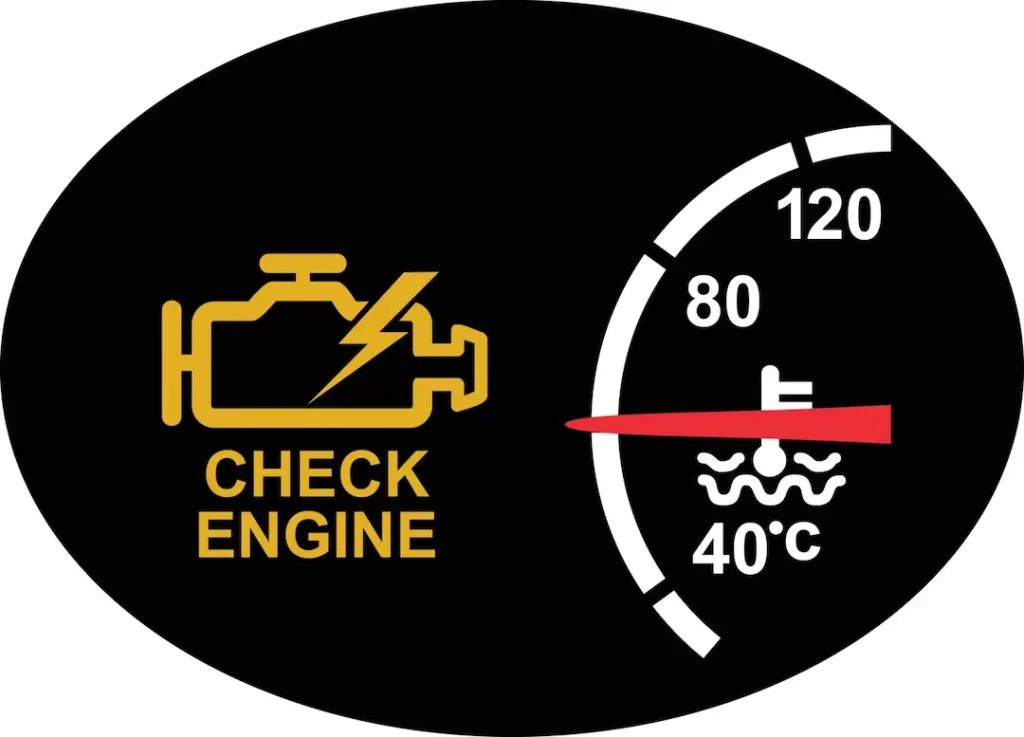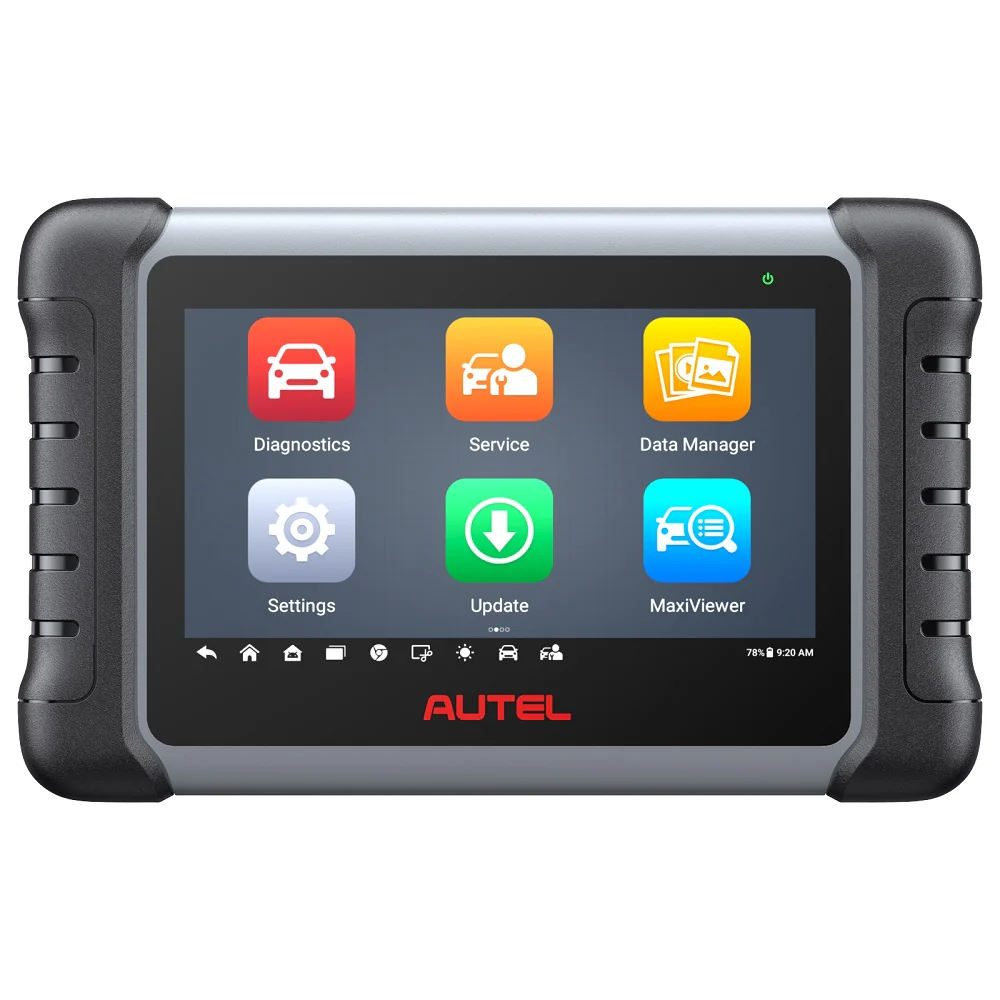Understanding Your Check Engine Light: What You Need to Know

Hey there, car owner! Ever had that pesky check engine light pop up on your dashboard and felt a little worried? You’re not alone! That little light can be a bit of a mystery. But don’t worry, we’re here to help you understand what it means and what you should do next. In this post, we’ll break it down in simple terms so you can feel confident and take the right steps to keep your car running smoothly. Let’s dive in and turn that worry into know-how!
Explanation of the check engine light
The check engine light serves as an important indicator on your vehicle’s dashboard, designed to alert you to potential issues within the engine or related systems. This warning light is part of the onboard diagnostics system, which continuously monitors various components to ensure optimal performance and emissions control. When the check engine light illuminates, it signifies that the system has detected a problem, ranging from minor issues like a loose gas cap to more significant concerns like engine misfires or faulty sensors. By providing an early warning, the check engine light helps prevent further damage and encourages timely maintenance, ensuring your vehicle remains safe and efficient on the road.
Importance of addressing the light promptly
Addressing the check engine light promptly is like giving your car a little TLC when it needs it most. This friendly reminder on your dashboard is your vehicle’s way of saying, “Hey, let’s check things out!” Ignoring it could lead to bigger, more costly repairs down the road. By taking action as soon as the light pops up, you not only keep your car running smoothly but also ensure it’s safe and fuel-efficient. Plus, it gives you peace of mind knowing you’re taking good care of your trusty ride. So, next time that light comes on, give your car the attention it deserves, and it’ll thank you with many more miles of happy driving!
What to Do When the Check Engine Light Comes On

If you’re a DIY enthusiast or often find yourself needing to diagnose car issues, you might consider investing in your own OBD-II scanner. These handy devices are available at various price points, from basic models to more advanced ones with additional features. Having your own scanner means you can check those pesky warning lights anytime they appear, without having to make a trip to the store. Plus, it can save you money in the long run by allowing you to troubleshoot issues before they become major problems.
Of course, if you’re not comfortable diagnosing the issue yourself or you want a more thorough investigation, visiting a master mechanic is a great option. Professional mechanics have access to high-end OBD scanners that can provide a detailed analysis of your vehicle’s health. They can interpret the codes and offer expert advice on the necessary repairs. While this option might come with a fee, it ensures that your car is in capable hands and any issues are addressed promptly and correctly. So, whether you’re borrowing, buying, or consulting a pro, there are plenty of ways to tackle that check engine light with confidence!
Your Best Choice
Chris Hardy is your local master mechanic to solve the check engine light problem on your car or truck. Before computers were common components in cars you did not need the advanced ODB scanner with all of the codes for your vehicle. The right tools decrease the time to find and correct the problem.
Get the repair done in a timely manner to get you safely back on the road.
